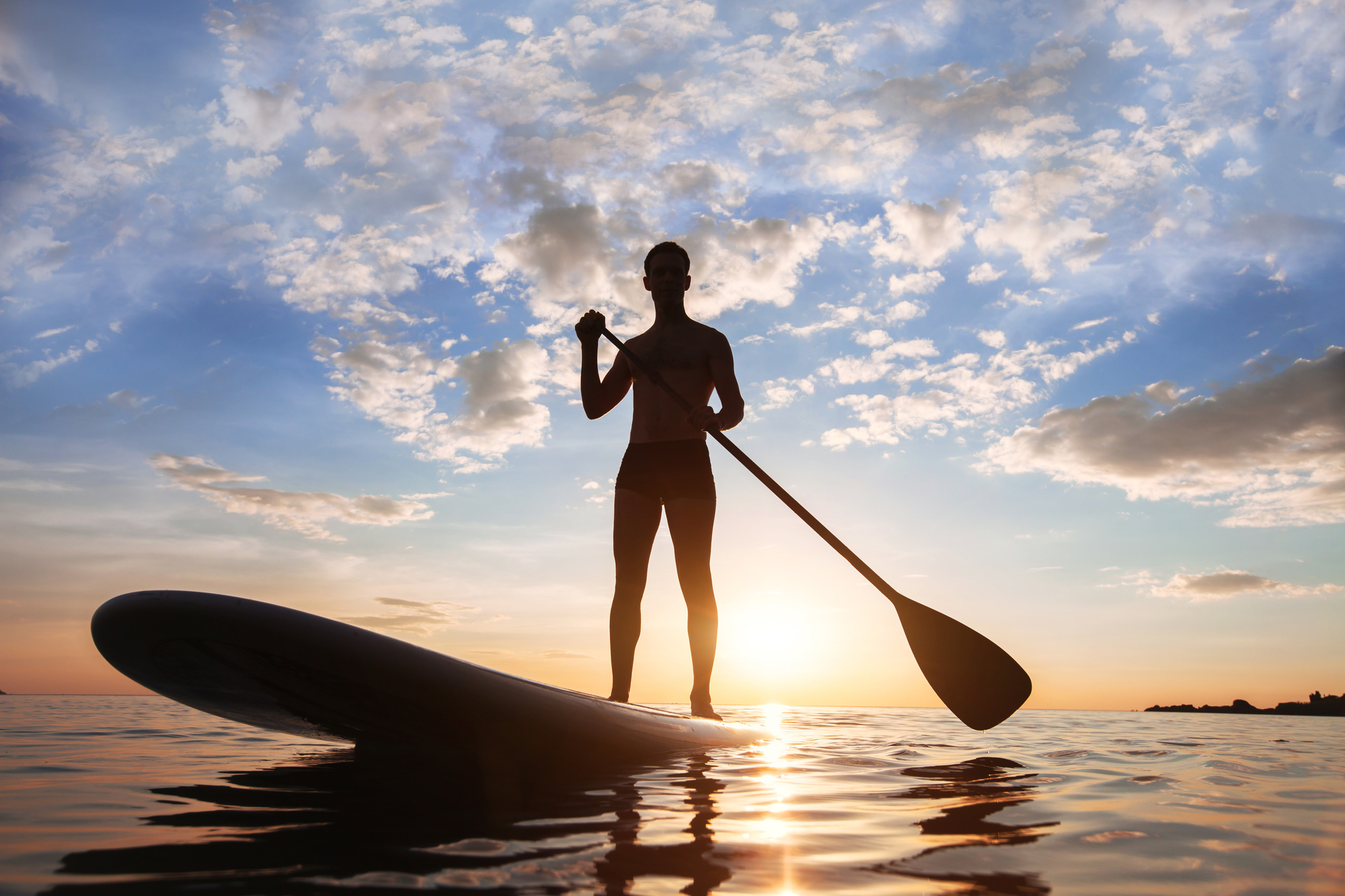Have you ever set a goal to exercise more or spend more time outside? Chances are, like most people, you have…and failed. Rather than mope and assume you’re not suited for an active lifestyle, why not learn a thrilling sport to stay fit in the fresh air?
Paddleboarding for beginners is less intimidating than you may think. Don’t assume the answer when you ask “Is paddleboarding hard?” Instead, keep reading to see how doable it is.
1. Don’t Rush to the Coolest Paddleboards
Paddleboarding is part of the surfing culture and lifestyle. On some levels, that makes it appearance-oriented. It’s tempting to choose a board for its looks.
Manufacturers aim the majority of “cool” paddleboards at beginners who don’t know what quality gear is. These cheap companies know newbies gravitate towards image over function.
Consult sites like SUP Reviews before buying boards. A good board will help you learn, not make you fail and quit.
2. Pick Clothes for Function, Not Fashion
You might have guessed by now that when it comes to what to wear paddleboarding, this list won’t recommend the trendiest looks. Clothes must be practical above all else. If it’s hot out and the water is warm, wear comfy athletic wear.
Don a wetsuit if you know the water will be under 80° F. You’ll be thankful for the extra effort when treading in cooler water. Some locales also require a personal flotation device (PFD) but consider one in any case, for safety.
3. Paddleboarding for Beginners Is All About Your Knees
After reading the last couple of paddleboarding tips, you know it’s not the sport to establish yourself as a poised style icon…much less, from day one! Yet, good technique is the best way to stay cool and collected atop the water.
Keeping yourself upright is all in the knees. Bending them lowers your center of gravity and offers flexibility when waters get rough. Plus, starting by paddling on your knees helps you perfect the basics without constant interruption when you fall.
4. Stay Away From the Shallows
Learners of many, if not most water activities begin in shallow water: swimming, snorkeling, learning to scuba dive, and more. So, it might seem counterintuitive that starting paddleboarders should avoid shallow water, but you should.
If the water isn’t waist-deep, go elsewhere. Open water might seem scary but take this advice seriously if you don’t want to ruin your expensive equipment. The ocean floor bends fin boxes and paddles that dig in.
Plus, falling into deep water is less dangerous and painful with no rocks, coral, and unforgiving ground. If your setup’s proper, you’ll have a “board leash” around your ankle to keep your paddleboard with you. When you fall, it won’t strand you without anything to hold onto.
Learn Exciting Activities Like Paddleboarding and More
These tips on paddleboarding for beginners will help you embrace a refreshing and exhilarating sport. By learning the facts, you’ll have a better chance of succeeding and enjoying yourself.
Discover other fascinating tips and activities on this site. Plan the rest of your paddleboarding trip or another adventure by reading another article today.
